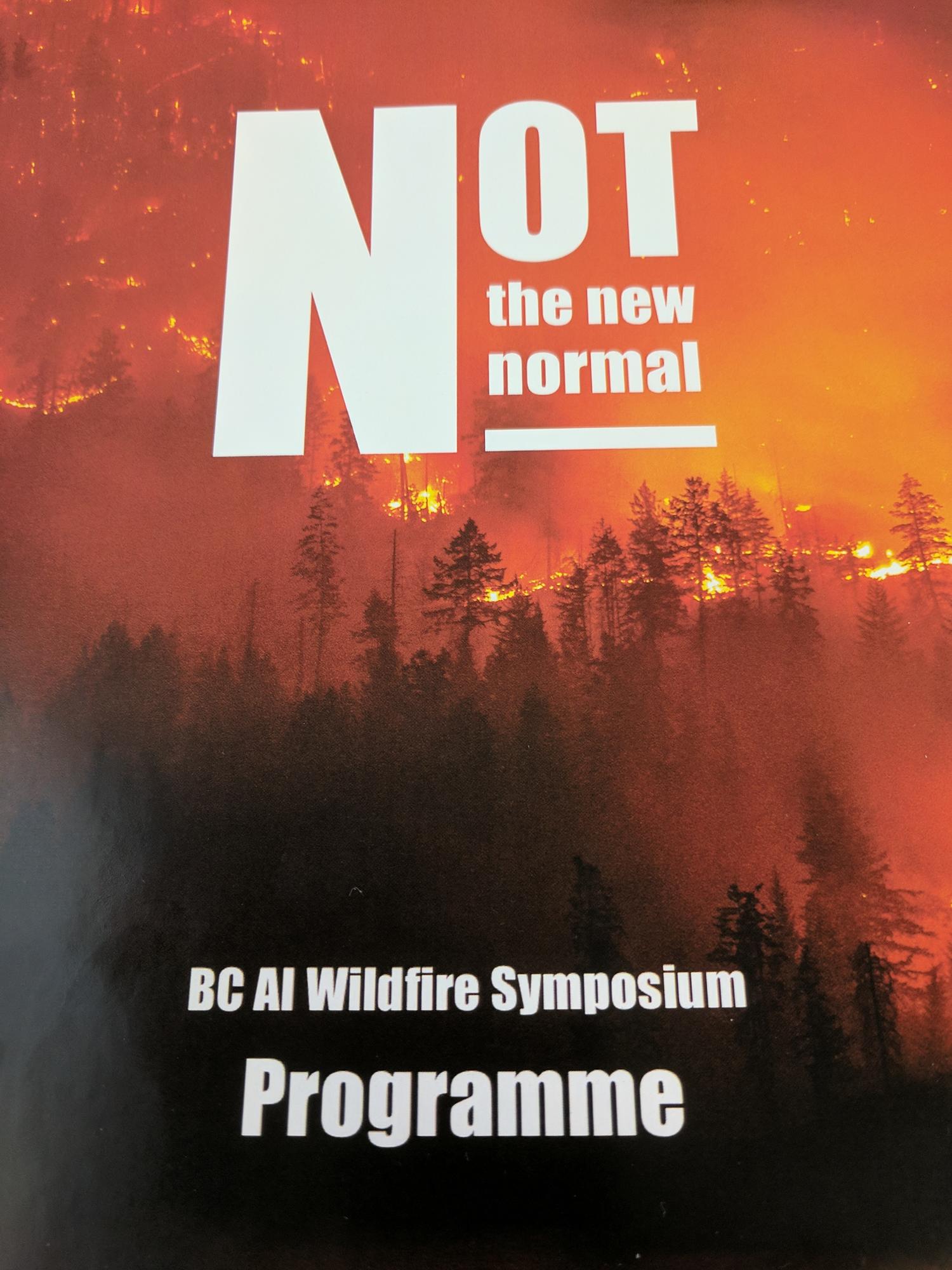Computational Sustainability
One major guiding inspiration for some of the theoretical directions in the lab are problems from the growing field of Computational Sustainability which applies AI/ML methods to data analysis and optimization problems in sustainability related domains. These domains include ecology, agriculture, water systems, energy systems and climate change.
Waterloo professor says artificial intelligence is a useful tool to help fight wildfires
Fighting wildfires with artificial intelligence
Adaptation Through Learning : Using Machine Learning to Improve Forest Wildfire Management,
at
Department of Electrical Engineering & Computer Science and Engineering, York University,
Wednesday, February 13, 2019
Adaptation Through Learning : Using Machine Learning to Improve Forest Wildfire Management,
at
San Francisco, California,
Thursday, January 24, 2019
Waterloo Innovation Summit Speaker Series : Technology and Climate Change
Fighting Fire with AI: Using Artificial Intelligence to Improve Modelling and Decision Making in Wildfire Management,
at
Banff International Research Station, Banff, Alberta, Canada,
Friday, November 17, 2017:
, 2018. Using Spatial Reinforcement Learning to Build Forest Wildfire Dynamics Models from Satellite Images. Frontiers in ICT: Environmental Informatics. Available at: https://www.frontiersin.org/articles/10.3389/fict.2018.00006/abstract. Publisher's Version
, 2018. Combining MCTS and A3C for Prediction of Spatially Spreading Processes in Forest Wildfire Settings. In Canadian Conference on Artificial Intelligence. Toronto, Ontario, Canada: Springer, pp. 285-291. Available at: https://link.springer.com/chapter/10.1007/978-3-319-89656-4_28. Publisher's Version
Using Deep Learning and Reinforcement Learning to Tame Spatially Spreading Processes,
at
University of Waterloo,
Wednesday, October 25, 2017
BIRC Workshop On Deep Learning In Medicine,
at
University Hospital, London, Ontario, Canada,
Monday, August 28, 2017:
, 2017. Learning Forest Wildfire Dynamics from Satellite Images Using Reinforcement Learning. In Conference on Reinforcement Learning and Decision Making. Ann Arbor, MI, USA.
, 2013. Allowing a wildfire to burn: Estimating the effect on future fire suppression costs. International Journal of Wildland Fire, 22(7), pp.871–882.
 I'll be giving a talk and taking part in a panel on opportunities for AI in Environmental and Sustainability domains at the Re-Work Deep Learning Summit on January 24, 2019 in San Francisco.
I'll be giving a talk and taking part in a panel on opportunities for AI in Environmental and Sustainability domains at the Re-Work Deep Learning Summit on January 24, 2019 in San Francisco. 'll be on a panel during this event bringing together industry, government and academic leaders on the role technology can play in threat mitigation, clean infrastructure, climate innovation and adaptation. My focus is on the potential for...
'll be on a panel during this event bringing together industry, government and academic leaders on the role technology can play in threat mitigation, clean infrastructure, climate innovation and adaptation. My focus is on the potential for... I was invited to the BC AI Wildfire Symposium to give insights into the previous and potential uses of Artificial Intelligence and Machine Learning for modeling,...
I was invited to the BC AI Wildfire Symposium to give insights into the previous and potential uses of Artificial Intelligence and Machine Learning for modeling,...

